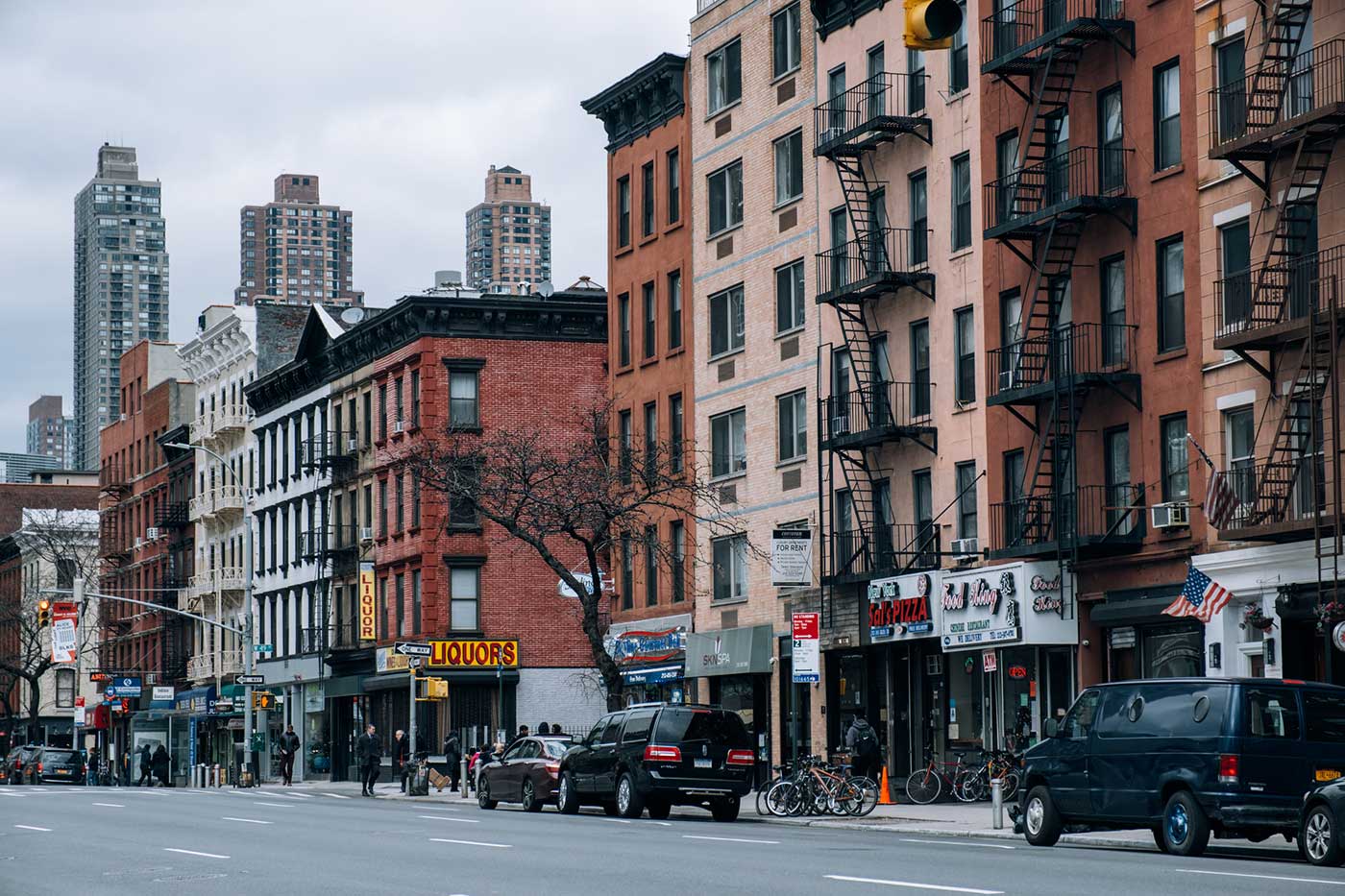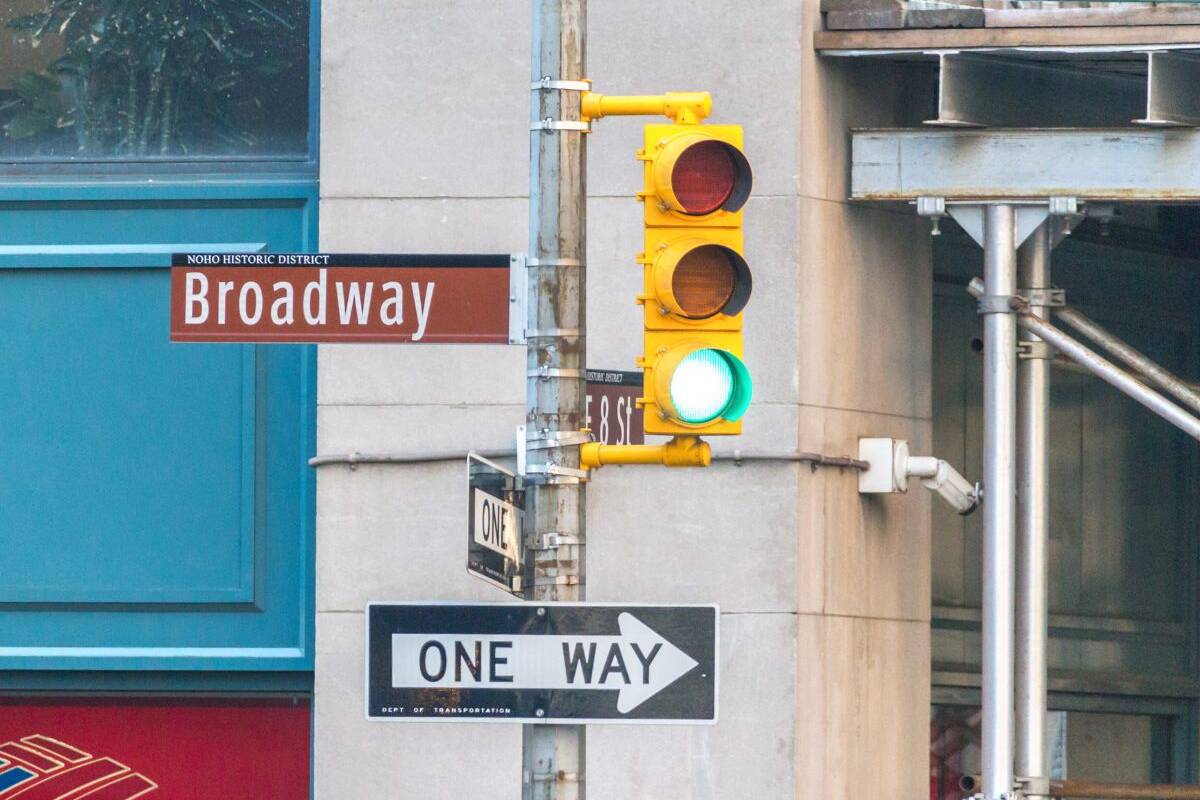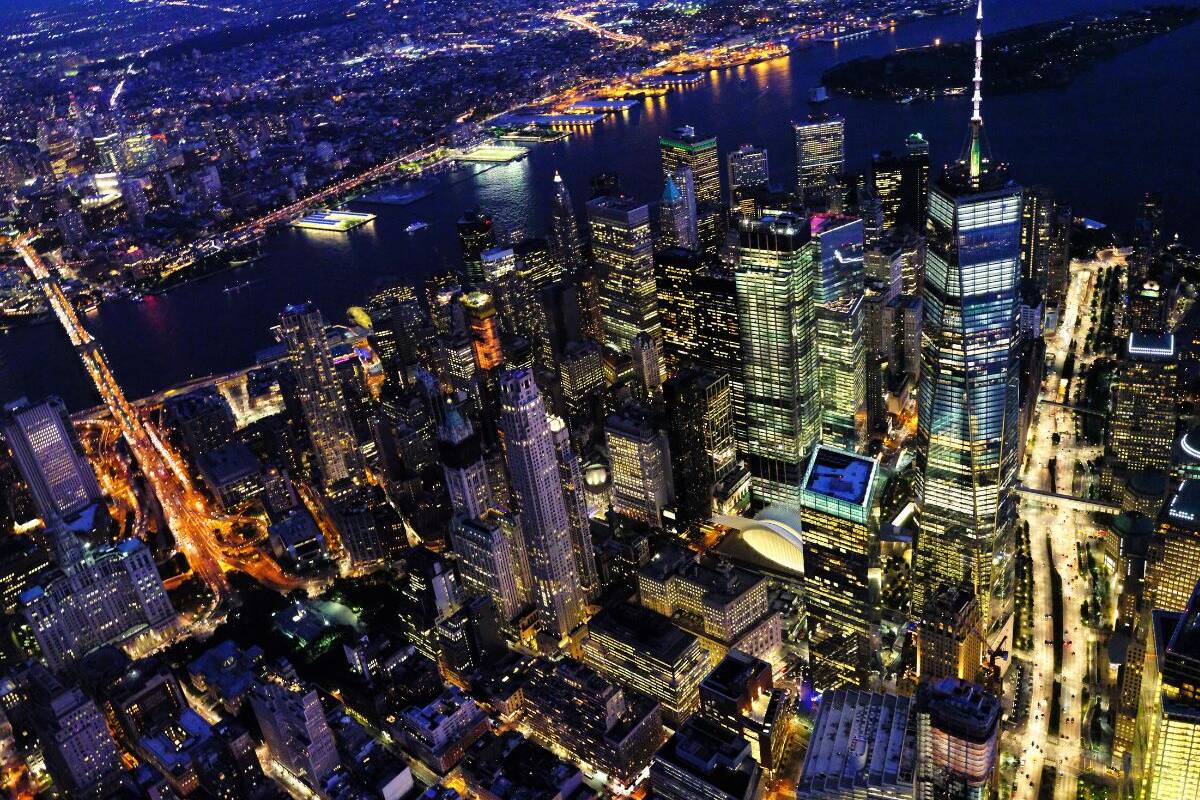Picture yourself standing on the bustling streets of Midtown Manhattan, craning your neck to take in the awe-inspiring sight of the Chrysler Building piercing the sky above. With its distinctive Art Deco design and gleaming stainless steel spire, this architectural marvel is impossible to miss. But what is it about the Chrysler Building that has made it such an enduring icon? Let’s explore the fascinating story behind this timeless symbol of the Manhattan skyline.
Table of Contents
History and Development
Origins and Context
The 1920s was a time of unprecedented growth and ambition in New York City. Skyscrapers were shooting up at an astonishing rate, each one vying to be taller and more impressive than the last. It was against this backdrop that the Chrysler Building began to take shape.
The race for the world’s tallest building was on, and developers were pulling out all the stops to claim the title. At the time, the Bank of Manhattan Trust Building at 40 Wall Street was under construction, and rumors were swirling that it would surpass the height of the Woolworth Building, which had held the record since 1913.
Key Players
The story of the Chrysler Building begins with William H. Reynolds, a real estate developer who had grand ambitions for a new skyscraper on the corner of 42nd Street and Lexington Avenue. Reynolds hired architect William Van Alen to design the building, but financial difficulties soon forced him to sell the project to Walter P. Chrysler, the founder of the Chrysler Corporation.
Walter Chrysler was a visionary and a risk-taker, and he saw the potential for the skyscraper to become a symbol of his company’s success. He worked closely with Van Alen to refine the design, adding personal touches and incorporating elements of the Chrysler automobile brand throughout the building.
Construction and Competition
Construction on the Chrysler Building began in 1928, and the race to the top was on. The Bank of Manhattan Trust Building was also under construction, and the two projects were neck-and-neck in their quest for the title of world’s tallest building.
In a bold move, Van Alen proposed the addition of a 185-foot spire to the top of the Chrysler Building, which would push its height to 1,046 feet and surpass the Bank of Manhattan Trust Building. The spire was constructed in secret, hidden inside the building until the last moment. On October 23, 1929, the spire was raised into place, securing the Chrysler Building’s place in history as the tallest building in the world, a title it would hold for just 11 months before being surpassed by the Empire State Building.
Architectural Design and Features
Art Deco Style
The Chrysler Building is widely regarded as one of the finest examples of Art Deco architecture in the world. Art Deco, a style that emerged in the 1920s and 1930s, is characterized by geometric shapes, bold colors, and stylized ornamentation. The Chrysler Building embodies these principles, with its sleek, streamlined facade and intricate decorative elements.
Exterior Design
The exterior of the Chrysler Building is a masterpiece of Art Deco design. The building’s distinctive profile is defined by its series of setbacks, which give it a stepped appearance as it rises to its final height of 1,046 feet. At the top of the building, the iconic spire is clad in gleaming Nirosta stainless steel, which was a new and innovative material at the time of construction.
The building is adorned with a variety of decorative elements, including gargoyles, eagles, and Chrysler-inspired ornaments. The 31st floor features a band of Chrysler automobile radiator caps, a playful nod to the building’s namesake. The 61st floor boasts a series of eight eagle sculptures, each one perched on a corner of the building and facing outward to the city below.
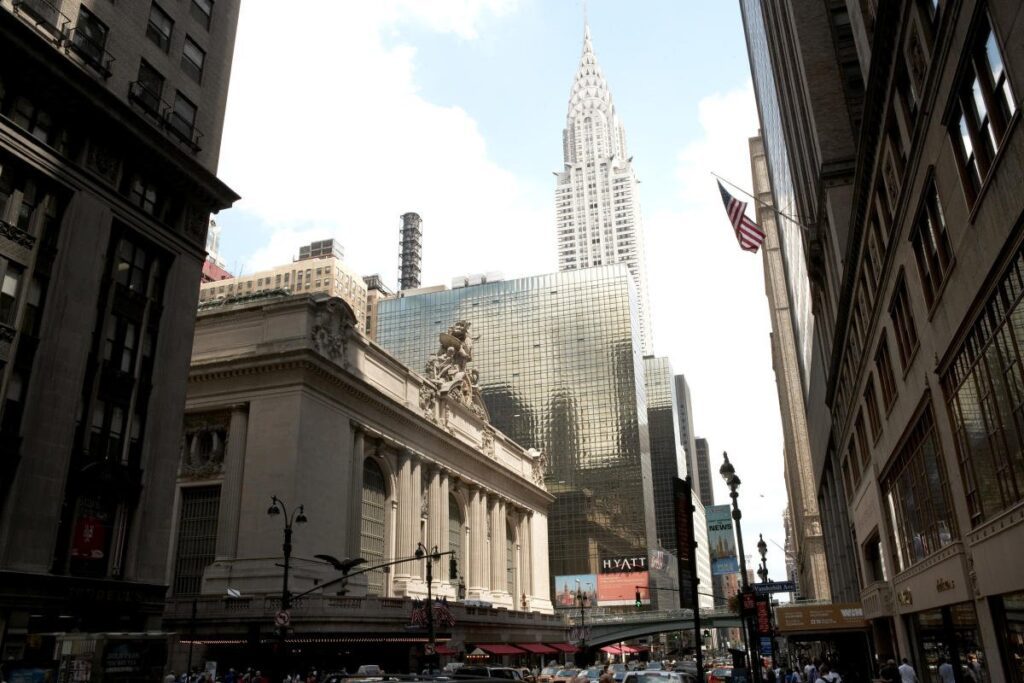
Interior Design
The interior of the Chrysler Building is just as impressive as its exterior. The lobby is a stunning example of Art Deco opulence, with its rich marble walls, intricate murals, and gleaming chrome accents. The ceiling of the lobby features a massive mural by artist Edward Trumbull, titled “Transport and Human Endeavor,” which depicts scenes of human progress and the machine age.
The building’s elevators were also groundbreaking for their time. The Chrysler Building was one of the first skyscrapers to feature high-speed elevators, which could travel at speeds of up to 900 feet per minute. The elevator cabs were also works of art in their own right, with each one featuring a unique design and luxurious materials like wood, marble, and chrome.
On the 66th through 68th floors, the Cloud Club was a private dining room and lounge for the city’s elite. The club featured a stunning Art Deco interior, with a mural of Manhattan on one wall and a replica of the building’s spire on another. Walter Chrysler also had his own private offices on the 69th and 70th floors, which featured a fire place and gymnasium.

Innovative Materials and Engineering
The Chrysler Building was a pioneer in the use of innovative materials and engineering techniques. The building’s exterior is clad in white and gray brick, with stainless steel accents that give it its distinctive shine. The use of stainless steel was a new and untested material at the time, and the Chrysler Building was one of the first skyscrapers to feature it so prominently.
The building’s steel frame was also a marvel of engineering. The frame was constructed using a new method called “high-strength bolting,” which allowed for faster and more efficient construction. The building’s foundation was also groundbreaking, with a system of 48 reinforced concrete piers that extended down to bedrock, providing a stable base for the towering structure above.
Cultural Impact and Legacy
Reception and Criticism
When the Chrysler Building first opened its doors in 1930, it was met with a mix of praise and criticism. Some hailed it as a triumph of modern engineering and a symbol of American progress, while others dismissed it as garish and overblown.
The building’s distinctive style, with its elaborate ornamentation and showy use of stainless steel, was a departure from the more restrained and classical styles that had dominated skyscraper design up to that point. Some critics saw it as a vulgar display of wealth and excess, while others praised it as a bold and innovative statement.
The Chrysler Building as an Icon
Despite the initial mixed reviews, the Chrysler Building quickly became an icon of the New York City skyline and a symbol of the city’s boundless energy and ambition. Its unique silhouette and gleaming spire made it instantly recognizable, and it became a favorite subject for photographers and artists.
The building has been featured in countless films, television shows, and works of art over the years, cementing its status as a cultural icon. It has also inspired countless imitations and homages, both in New York City and around the world.
Ownership and Preservation
The Chrysler Building has changed hands several times over the years, with each new owner bringing their own vision for the building’s future. In the 1950s, the Chrysler family sold the building to real estate investors, and it has since been owned by a variety of different companies and individuals.
Despite these changes in ownership, the building has remained a beloved landmark and a symbol of the city’s architectural heritage. In 1978, the Chrysler Building was designated as a National Historic Landmark, recognizing its significance in American history and culture.
In the 1990s, the building underwent a major restoration and renovation, which included the cleaning and repair of its exterior, the restoration of its lobby murals, and the upgrading of its mechanical and electrical systems. Today, the building remains a vital part of the city’s economy, with a diverse mix of tenants that includes law firms, media companies, and technology startups.
The Chrysler Building Today
As the city has grown and changed around it, the Chrysler Building has remained a constant presence, adapting to the needs of each new generation while retaining its timeless charm and elegance. Today, the building stands as a testament to the vision and creativity of its original architects and builders, and a symbol of the enduring spirit of New York City.
Efforts have been made in recent years to make the building more sustainable and energy-efficient, with upgrades to its heating and cooling systems, lighting, and plumbing. In 2012, the building achieved LEED Gold certification, recognizing its commitment to environmental sustainability.
The Chrysler Building may no longer be the tallest building in the world, or even in New York City, but it remains one of the most recognizable and beloved landmarks on the Manhattan skyline. Its enduring popularity is a testament to the power of great architecture to capture the imagination and inspire generations of people around the world.
Exploring the Area Around the Chrysler Building
Dinning
After taking in the stunning architecture and rich history of the Chrysler Building, you might find yourself hungry for more than just knowledge. Luckily, there are plenty of great places to eat in the surrounding area, no matter what you’re in the mood for. One standout option is Sesamo, a cozy Italian restaurant located just a few blocks away on 42nd Street. Here, you can enjoy handmade pasta dishes, wood-fired pizzas, and a curated selection of Italian wines in a warm and inviting atmosphere. If you’re looking for a classic New York deli experience, head over to Mendy’s Kosher Delicatessen on 41st Street, where you can enjoy a tasty pastrami sandwich or matzo ball soup. For something a bit more upscale, try The Capital Grille on 42nd Street, which offers dry-aged steaks and an extensive wine list in an elegant setting. If you’re in the mood for some international flavor, check out Darbar Indian Restaurant on Lexington Avenue, which serves up delicious curries and tandoori dishes.
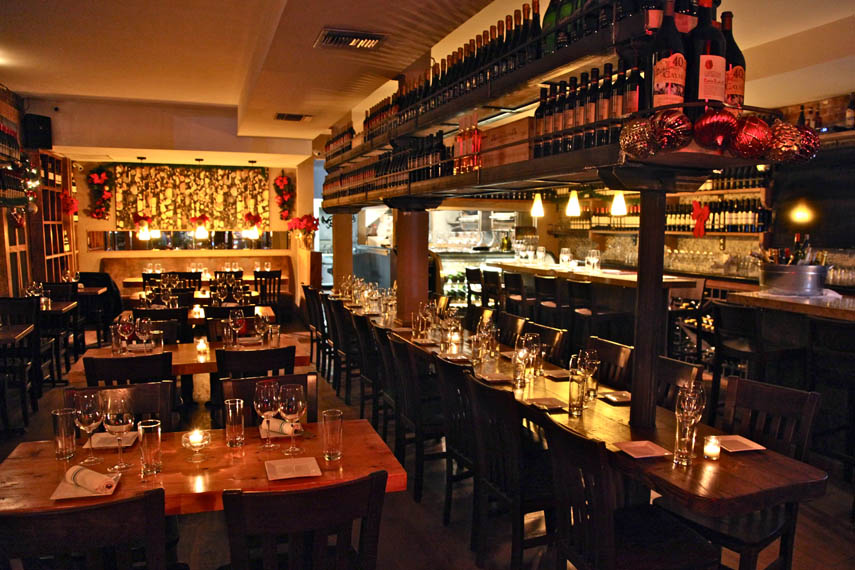
Venturing Beyond the Chrysler Building
Once you’ve satisfied your appetite, there are plenty of other things to see and do in the area. Just a few blocks away, you’ll find Grand Central Terminal, another iconic New York City landmark that’s worth a visit for its stunning architecture and vibrant atmosphere. If you’re in the mood for some shopping, head over to Fifth Avenue, where you’ll find a wide range of luxury brands and department stores. And if you’re looking for a bit of culture, check out the New York Public Library’s main branch on Fifth Avenue and 42nd Street, which offers free tours and exhibitions throughout the year.
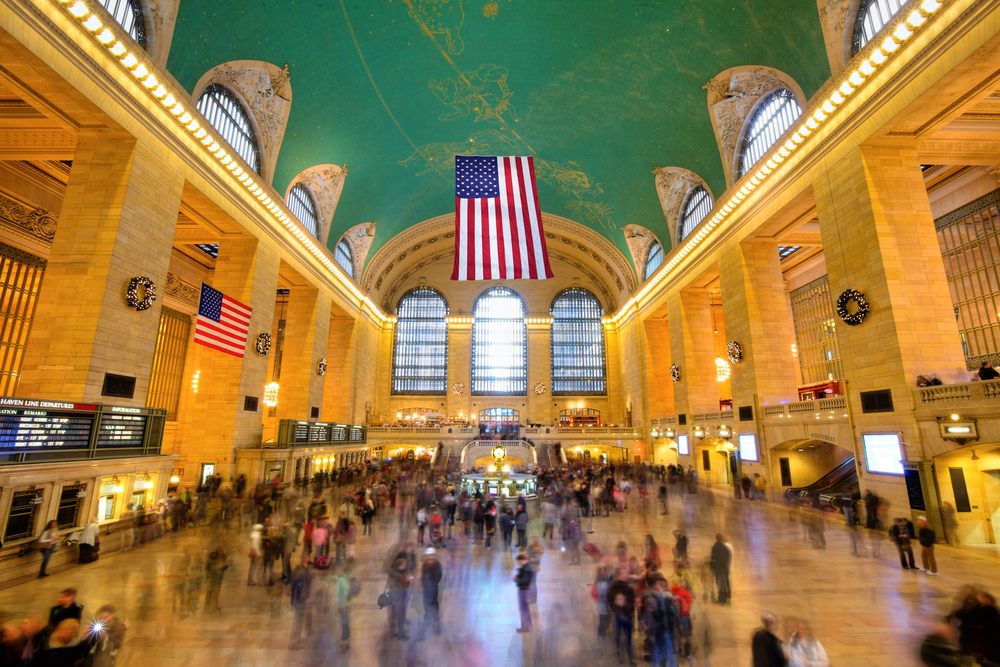
Conclusion
From its humble beginnings as a dream of two ambitious developers to its current status as an icon of the New York City skyline, the Chrysler Building has had a remarkable journey. Its innovative design, pioneering use of materials, and soaring height have made it a symbol of the city’s boundless energy and creativity.
As the building approaches its 100th anniversary, it remains as relevant and beloved as ever, a timeless reminder of the power of human ingenuity and the enduring spirit of New York City. Whether you’re an architecture buff, a history enthusiast, or simply someone who appreciates great design, the Chrysler Building is a must-see destination that will leave you inspired and in awe.


